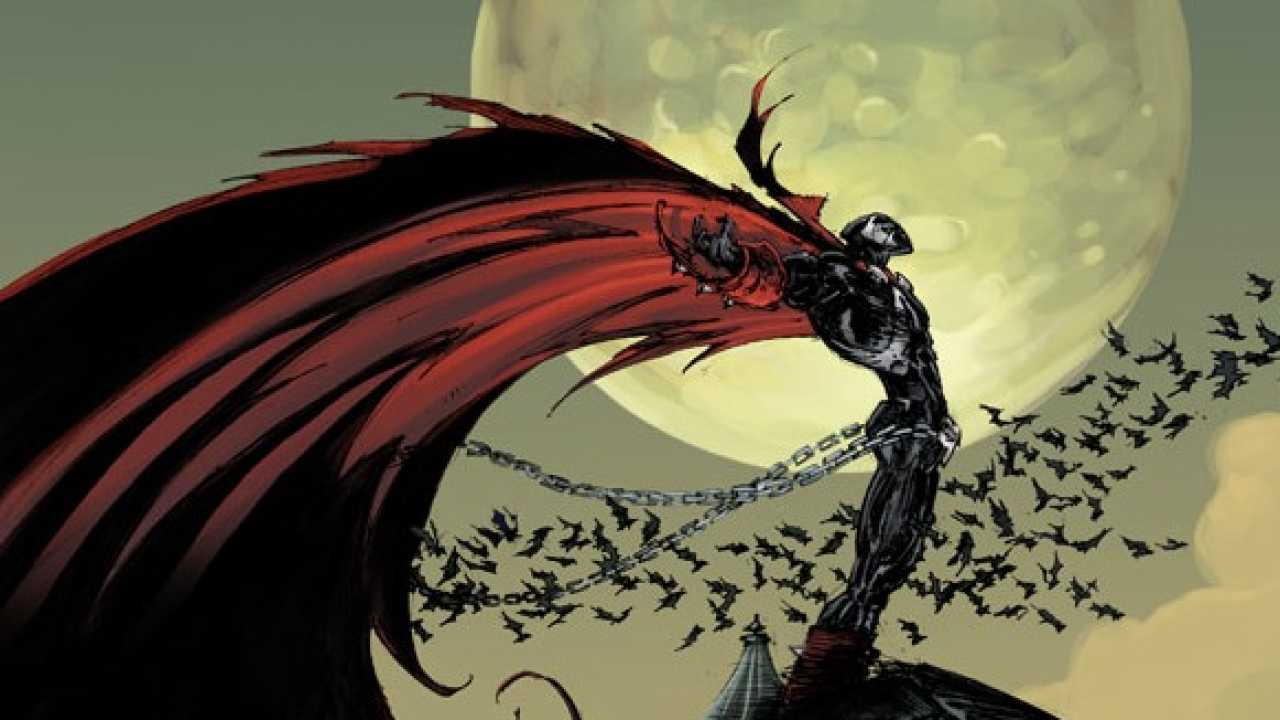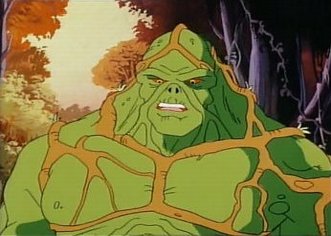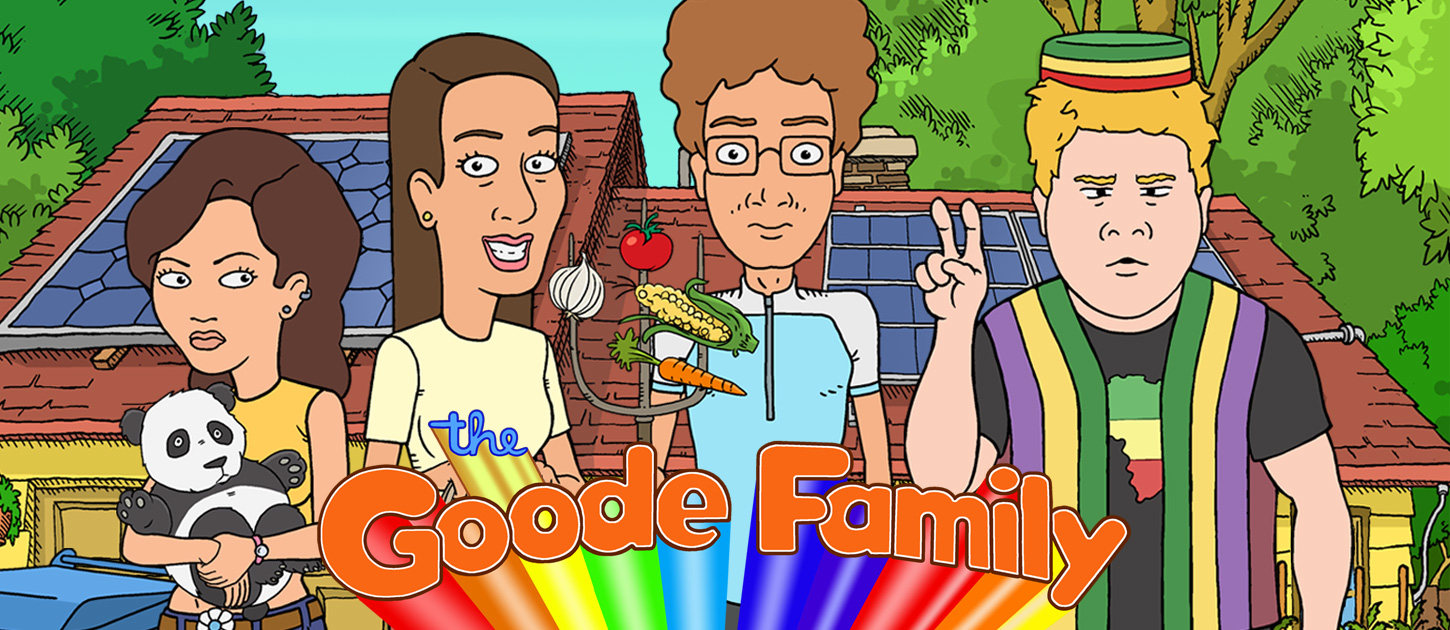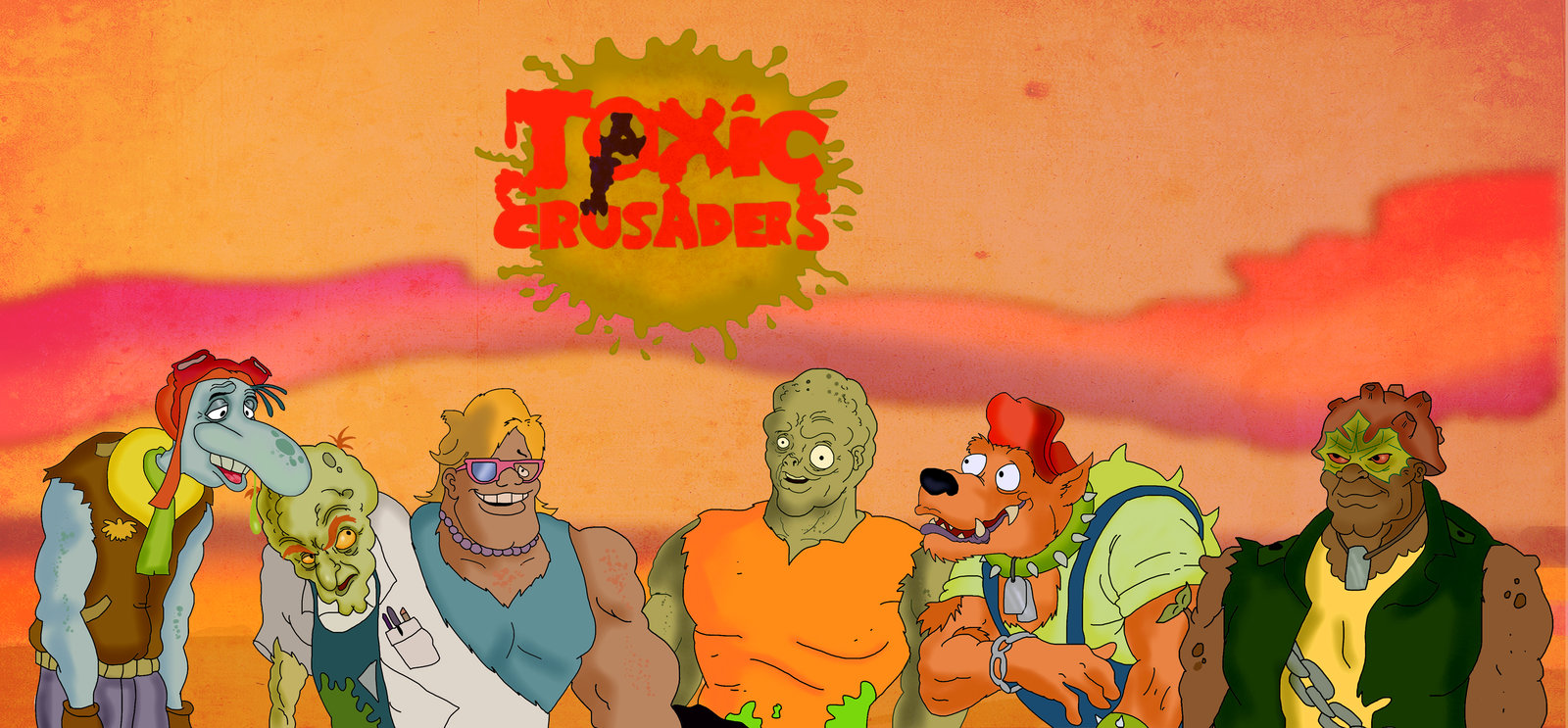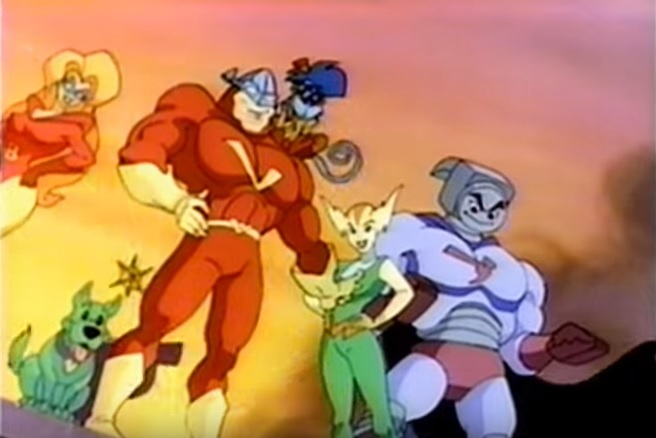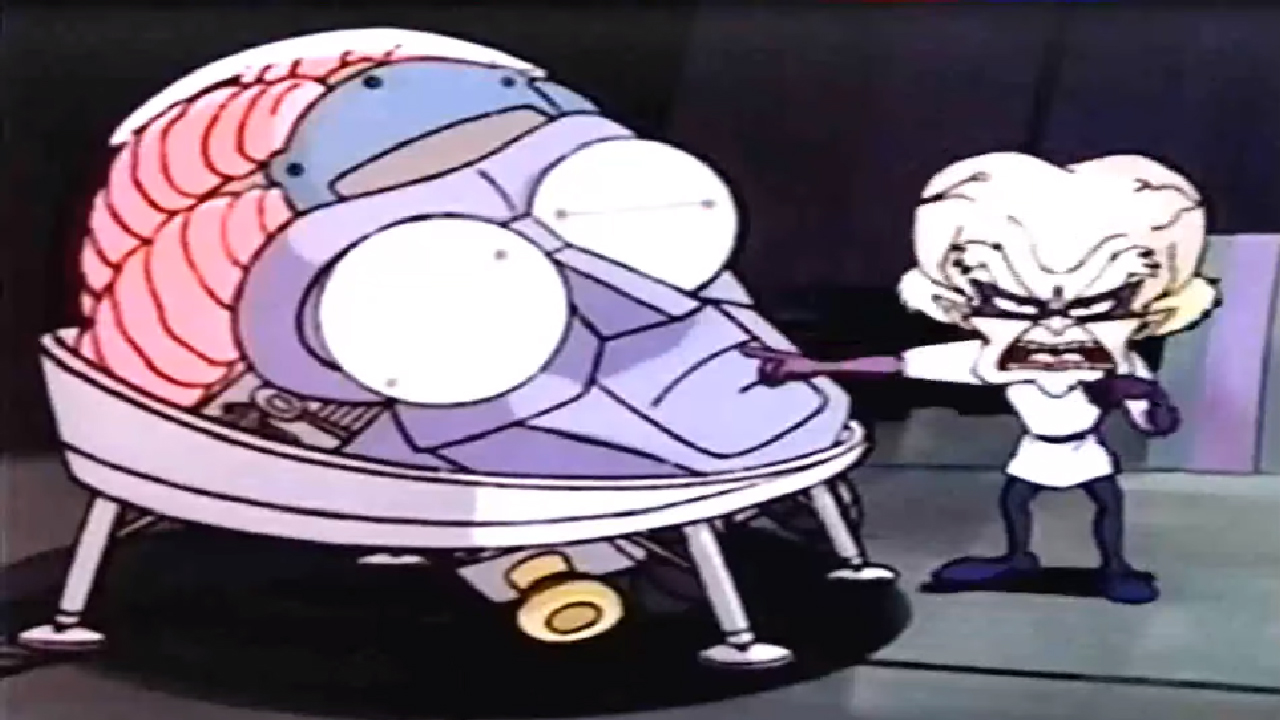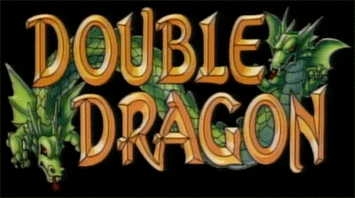
“Double Dragon” Created by Technos Japan; Based on the video game of the same name; Produced by DiC Animation; Directed by Chuck Patton; Starring Jim Byrnes, Garry Chalk, Michael Donovan, Scott McNeil, Wesley Morris, and French Tichner; Originally aired September 12, 1993; Run time 22 minutes.
Playing “Double Dragon” is one of my earliest video game memories. It’s beat-em-up gameplay style made it easily palatable to a kid and best of all, unlike other games I was into at the time, it had the option of a two-player co-op. Nothing beat locking in with a good friend to pummel some bad guys.
Based on my unabashed enjoyment of the game, it’s unusual that I would have made it through childhood, having been the perfect age for the cartoon at its release, without having seen any of it. This week I set out to right that wrong.
My search began where all hunts for antiquated video begin, YouTube. The complete series is available to watch, who knows for how long. I quickly found the first episode, got comfy on the couch, and pressed play.
The Theme Song
A theme song can really make or break your initial impression of a show, it sets the mood and tone for what’s to follow. There are theme songs from the era of eighties and nineties cartoons that still rattle around my head today, despite not having heard them in years. There were songs that were a stroke of genius, they stuck ensuring that every moment of your formative years were spent quietly mediating on “Teenage Mutant Ninja Turtles,” “DuckTales,” or “Rescue Rangers.” Then there are theme songs like “Double Dragon” composed by Clark Gassman. It plays like something written by a thirteen-year-old aspiring songwriter who snuck into his mom’s Bailey’s Irish Cream.
The Pilot
Adapted from the events of the first “Double Dragon” game, the series opens in a flashback, eighteen years in the past, shortly after the birth of twin brothers Billy and Jimmy who bear the mark of the double dragon. Their father, running from the shadow warriors, delivers Billy to an elderly martial arts master known as The Oldest Dragon and leaves the dojo in search of Jimmy. One wonders how this new father was able to lose one of his infant children in the first place but since he never returns, we’ll never be able to ask him.
For the next eighteen years, The Oldest Dragon raises Billy to be the next Dragon Master and to have a full appreciation for the Dragon Code. The code dictates that the only sure way to win a fight is to avoid one and to never harm another person when it can be avoided.
The Oldest Dragon bestows upon Billy the rank of Dragon Master and sends him on his most difficult mission, to stop the Dragon Warriors from wreaking havoc on the city. Through the power of the double dragon and The Dragon Sword, Billy completes his mission handily and returns to the dojo, only to find that The Oldest Dragon has vanished.
Before Billy can recover from the emotional loss, his estranged brother Jimmy arrives at the dojo seeking asylum from The Shadow Warriors. Realizing it is his long lost brother before him, Billy takes Jimmy in, only to be double-crossed by that backstabbing shadow liar when Jimmy reveals that he is The Shadow Boss, second in command to The Shadow Master. During a firefight, it is also revealed that when the brothers are near if one of them is injured, both of them sustain a wound.
Their final fight of the episode ends in a draw when they realize that The Dragon Code and their mutual injuries prevent them from ever actually defeating one another.
The Series
Summarizing the pilot episode into a few paragraphs leaves you with something that sounds halfway decent on paper but the delivery leaves something to be desired. Billy’s cavalier and naïve actions make the series difficult to take seriously and the events of the second episode through everything that happened in the first into upheaval.
Jimmy captures Billy, delivering him into the hands of The Shadow Master who quickly betrays Jimmy. This one betrayal, clearly the first in a lifetime of living with and being raised by an evil mastermind, changes Jimmy’s allegiance to the side of The Dragon.
Jimmy and Billy join forces, summoning the spirit of “The Oldest (Deadest) Dragon, fulfilling an ancient prophecy, and unlocking the true power of The Double Dragon to protect their city from the forces of shadow and evil.
Only Mary, a local police officer and friend to Billy, asks the pertinent question, “And you trust him?” Billy responds that because of the prophecy, he has to. Solid logic, Billy. The pair uses their powers, mediocre costumes, and recruited allies to search for their father, a goal they never accomplish, and to combat the powers of the Shadow Master and his henchmen, all to the worst soundtrack to come out of the nineties.
